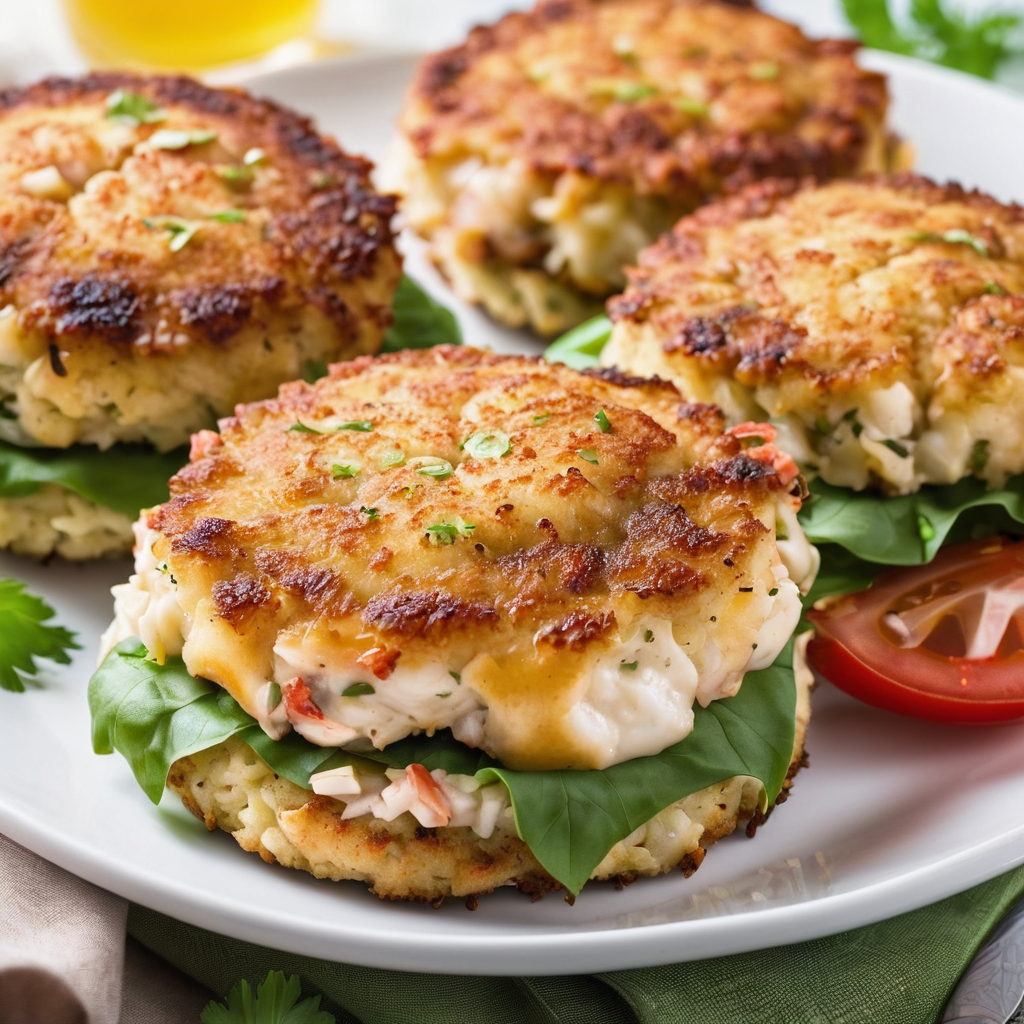A Simple and Delicious Way to Enjoy Fresh Seafood
If you’re looking for a delicious seafood dish, crab cakes are a great option. These savory patties are made from crab meat, spices, and often breadcrumbs or crackers. They can be served as an appetizer or as a main course, and are a favorite of seafood lovers everywhere.
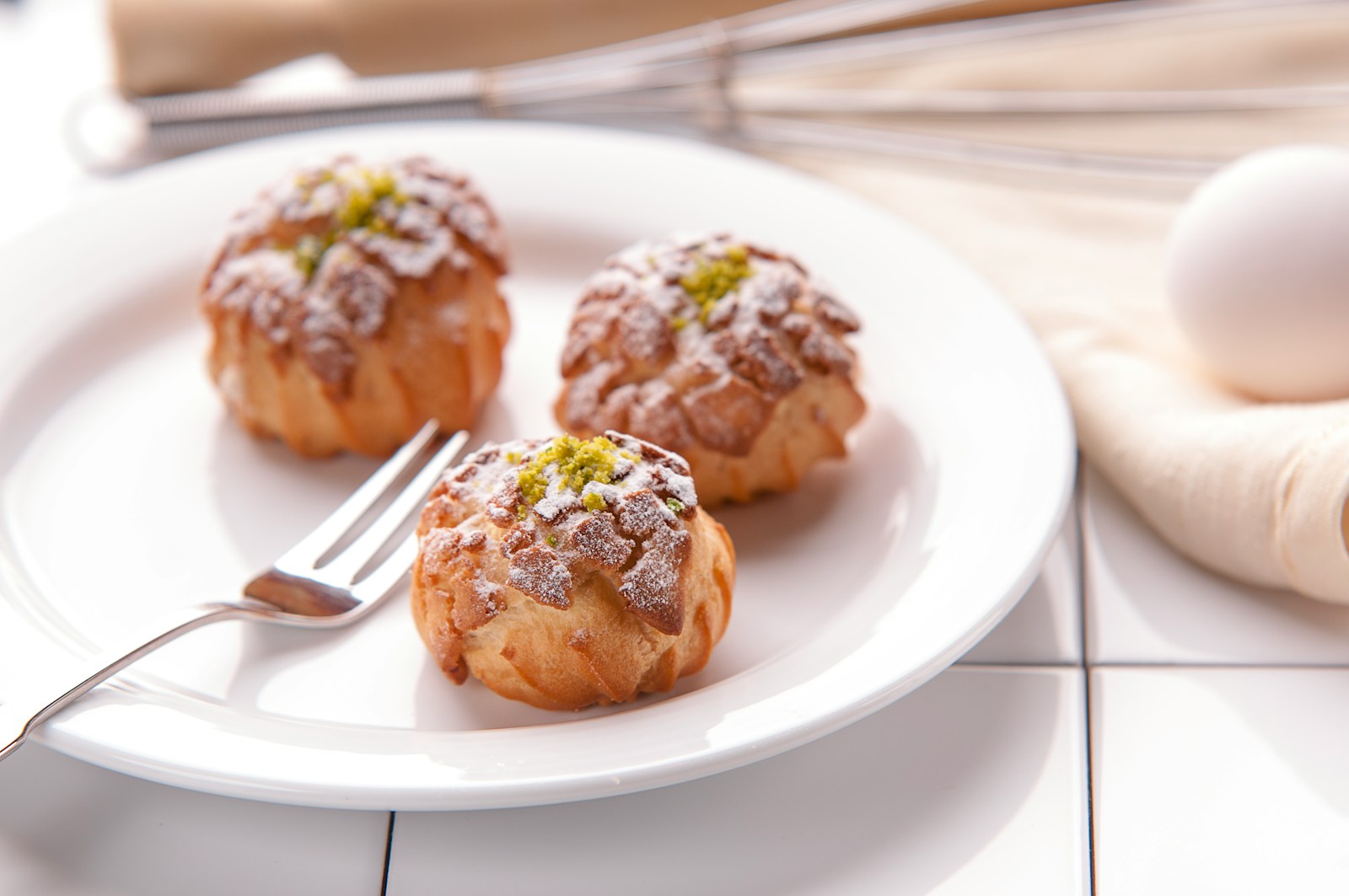
To make crab cakes, you’ll need fresh crab meat, which can be found at most seafood markets and grocery stores. You’ll also need some basic ingredients like eggs, mayonnaise, and breadcrumbs, as well as spices like Old Bay seasoning and Worcestershire sauce. Once you have your ingredients, it’s just a matter of mixing them together and forming the mixture into patties.
There are many variations of crab cake recipes, each with their own unique twist. Some recipes call for the addition of vegetables like onions or peppers, while others use different types of seafood like shrimp or lobster. No matter what recipe you choose, crab cakes are sure to be a hit at your next dinner party or family gathering.
History of Crab Cakes
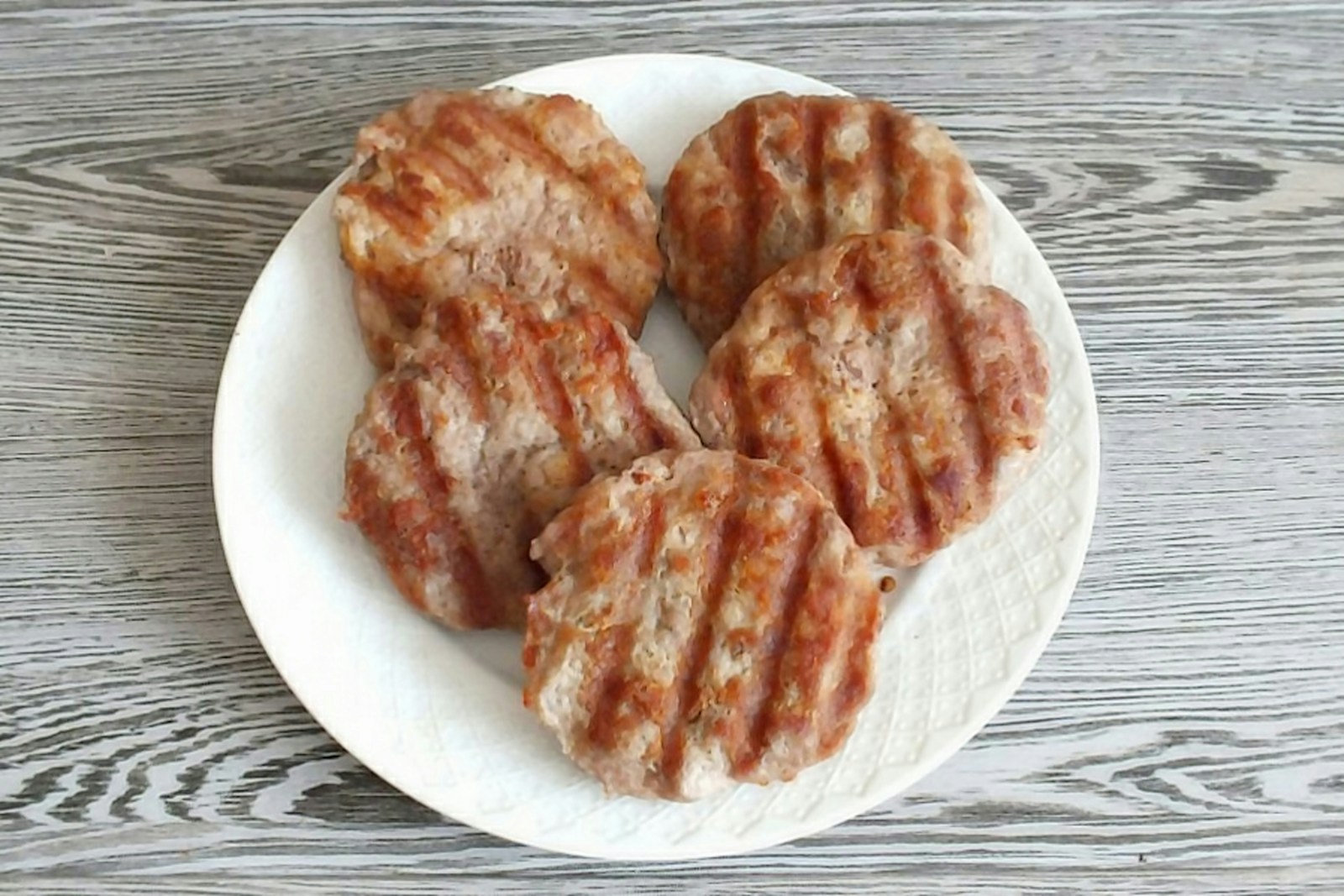
If you are a seafood lover, you must have tasted crab cakes at least once in your life. Crab cakes are a popular dish in the United States, especially in the coastal regions. They are a delicious combination of crab meat, breadcrumbs, and spices, formed into patties and fried or baked until crispy on the outside and tender on the inside. But have you ever wondered about the history of crab cakes? In this section, we will take a brief look at the origins and regional variations of this iconic dish.
Origins
The exact origin of crab cakes is unknown, but historians believe that Native Americans were the first to make them. According to the Baltimore Sun, Native American women would mix crab meat with cornmeal and fry it into patties. This dish was known as “croquettes of crab,” and it was a staple of the Chesapeake Bay region. Later, European settlers in the area adopted the recipe and added their own ingredients, such as breadcrumbs, eggs, and spices.
Regional Variations
Today, crab cakes are a popular dish all over the United States, but they are most closely associated with the Chesapeake Bay region. Maryland-style crab cakes are made with jumbo lump crab meat, Old Bay seasoning, and mayonnaise, and they are usually served with a side of tartar sauce or remoulade. Virginia-style crab cakes are similar to Maryland-style, but they often include additional ingredients like peppers, onions, and celery.
Other regions have their own variations of crab cakes. In Louisiana, for example, crab cakes are often made with crawfish and served with a spicy remoulade sauce. In the Pacific Northwest, crab cakes are made with Dungeness crab and seasoned with herbs like thyme and tarragon. And in California, crab cakes are often served with a salsa made from fresh tomatoes and cilantro.
In conclusion, the history of crab cakes is a fascinating one that spans centuries and continents. From the Native American croquettes of crab to the modern-day Maryland-style crab cakes, this dish has evolved and adapted to suit the tastes and preferences of different regions. Whether you prefer your crab cakes spicy or mild, with tartar sauce or salsa, one thing is for sure: this iconic dish is here to stay.
Selecting the Best Ingredients
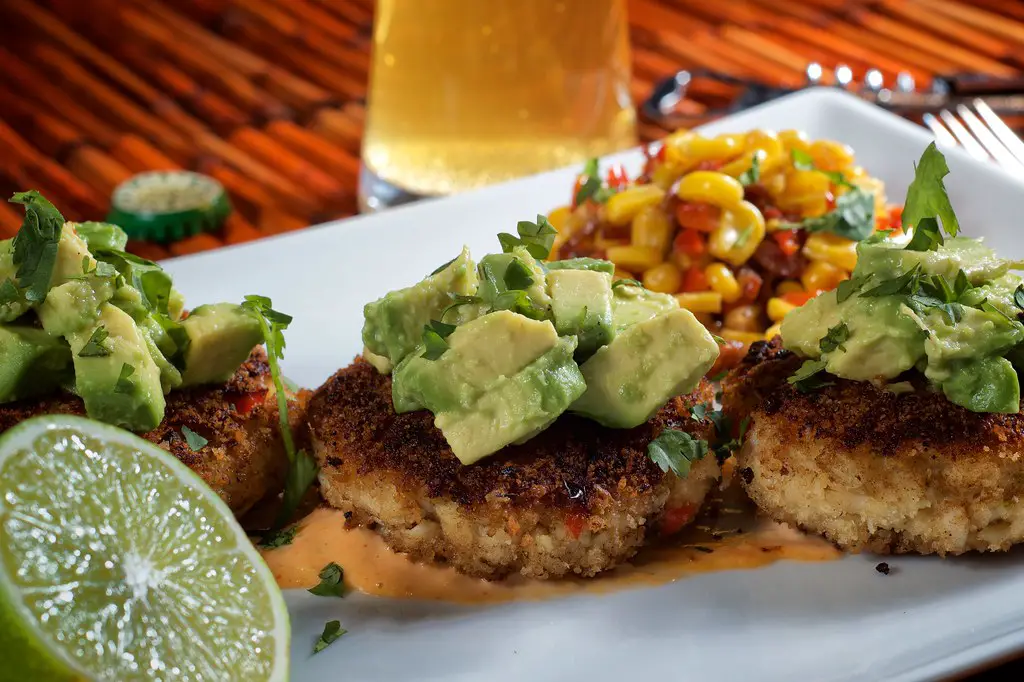
When it comes to making delicious crab cakes, selecting the best ingredients is key. Here are some tips to help you choose the right crab meat and additional ingredients for your recipe.
Types of Crab Meat
There are several types of crab meat available in the market, including lump, claw, and backfin. Lump crab meat is the most expensive and is made up of large, whole pieces of crab meat. Claw meat is less expensive and is made up of smaller, broken pieces of meat from the crab’s claws. Backfin is a combination of both lump and claw meat.
When selecting the type of crab meat to use in your crab cake recipe, consider your budget and the desired texture. Lump crab meat will provide a more delicate and luxurious texture, while claw meat will be more robust and flavorful.
Freshness Criteria
Freshness is key when it comes to selecting crab meat for your crab cakes. Look for crab meat that is refrigerated and has a fresh, clean smell. Avoid crab meat that has a sour or ammonia-like odor, as this is a sign that it is not fresh.
In addition to the smell, check the color and texture of the crab meat. Fresh crab meat should have a bright, white color and a firm texture. If the meat appears discolored or slimy, it is best to avoid it.
Additional Ingredients
While crab meat is the star ingredient in crab cakes, there are several additional ingredients that can enhance the flavor and texture of your recipe. Some common ingredients include breadcrumbs, mayonnaise, mustard, and Old Bay seasoning.
When selecting these additional ingredients, opt for high-quality options that will complement the flavor of the crab meat. For example, use fresh breadcrumbs instead of stale ones, and choose a high-quality mayonnaise that is not overly sweet or tangy.
By selecting the best crab meat and additional ingredients, you can create delicious crab cakes that are sure to impress your guests.
Preparing Your Kitchen
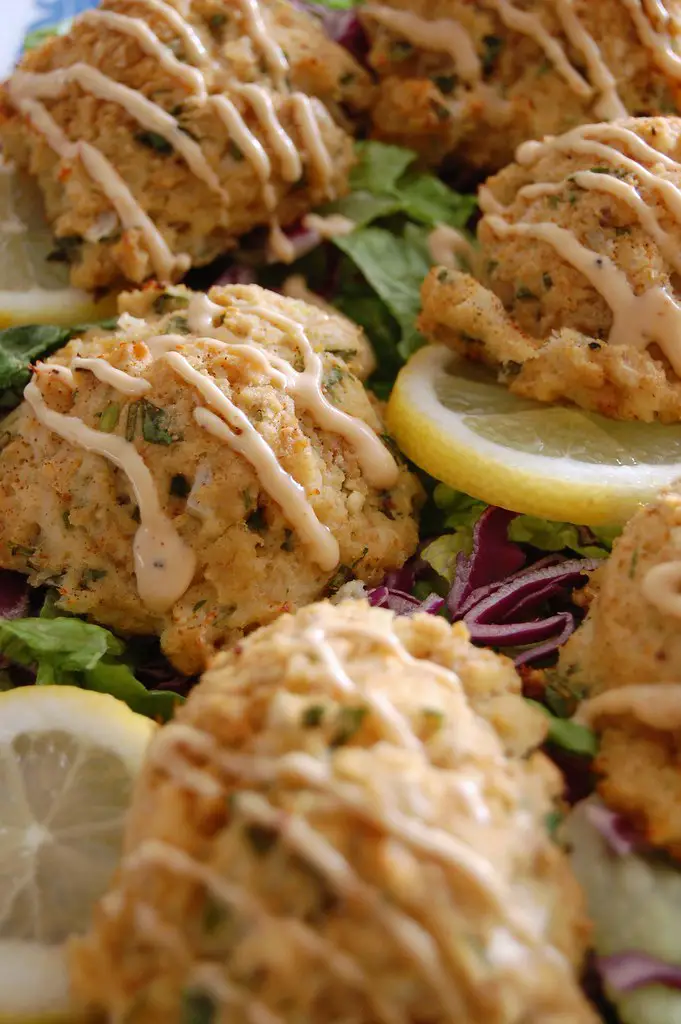
Before you start making crab cakes, it’s important to make sure you have all the necessary tools and equipment. Here are some essential tools you’ll need:
Essential Tools
- Mixing bowl: You’ll need a large mixing bowl to combine all the ingredients for your crab cakes.
- Spatula: A spatula is essential for mixing and flipping your crab cakes.
- Measuring cups and spoons: Precise measurements are important for ensuring that your crab cakes turn out perfectly.
- Baking sheet: You’ll need a baking sheet to place your crab cakes on before baking or frying.
- Frying pan: If you’re planning to fry your crab cakes, you’ll need a frying pan with a non-stick surface.
- Food processor (optional): If you want to finely chop your ingredients, you can use a food processor to do so.
Safety Tips
When working with raw seafood, it’s important to take some safety precautions to prevent foodborne illness. Here are some tips to keep in mind:
- Handle seafood carefully: Always handle raw seafood with care and avoid cross-contamination by keeping it separate from other foods.
- Wash your hands: Be sure to wash your hands thoroughly before and after handling raw seafood.
- Cook seafood to the right temperature: Cook your crab cakes until they reach an internal temperature of 165°F to ensure that they’re safe to eat.
- Store seafood properly: If you’re not using your crab meat right away, be sure to store it in the refrigerator at 40°F or below.
By following these tips and using the right tools, you’ll be well on your way to making delicious crab cakes that are both safe and flavorful.
Mixing the Perfect Crab Cake
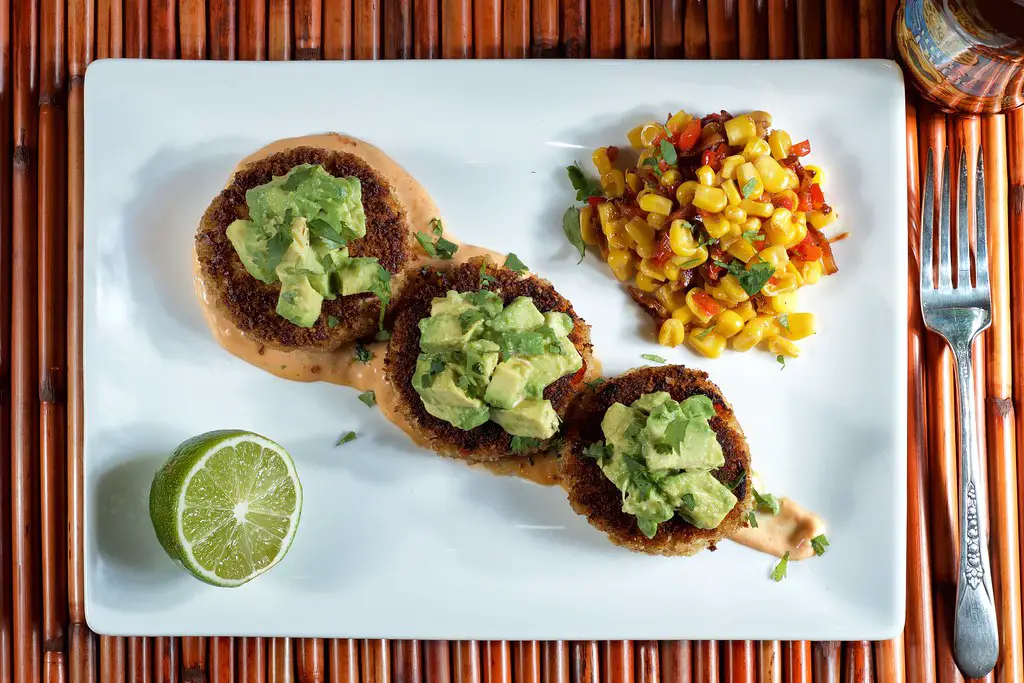
When it comes to crab cakes, the key to success is in the mixing. With the right combination of ingredients and the perfect consistency, you can create a crab cake that is bursting with flavor and has the perfect texture.
Combining Ingredients
To make the perfect crab cake, you will need to combine a variety of ingredients. The most important ingredient is, of course, the crab meat. You can use fresh or canned crab meat, but be sure to pick through it carefully to remove any shells or cartilage.
Next, you will need to add in some binding ingredients to hold the crab cake together. This usually includes breadcrumbs, eggs, and mayonnaise. You can also add in some flavorings like mustard, Worcestershire sauce, and Old Bay seasoning.
When combining the ingredients, be sure to mix them gently. You want to avoid overmixing, which can result in a tough and dense crab cake. Instead, aim for a mixture that is just barely holding together.
Achieving the Right Consistency
The consistency of the crab cake mixture is crucial to the final product. You want a mixture that is moist enough to hold together, but not so wet that it falls apart when cooking.
To achieve the perfect consistency, start by adding just a small amount of the binding ingredients and mixing them in well. Then, add more as needed until you have a mixture that is holding together well but is not too wet.
If your mixture is too dry, you can add a bit more mayonnaise or even some sour cream to moisten it up. If it is too wet, you can add more breadcrumbs or even some crushed crackers to help absorb the excess moisture.
By combining the right ingredients and achieving the perfect consistency, you can mix up a batch of crab cakes that are sure to impress. So grab your mixing bowl and get started on your own perfect crab cake recipe!
Shaping and Cooking Crab Cakes
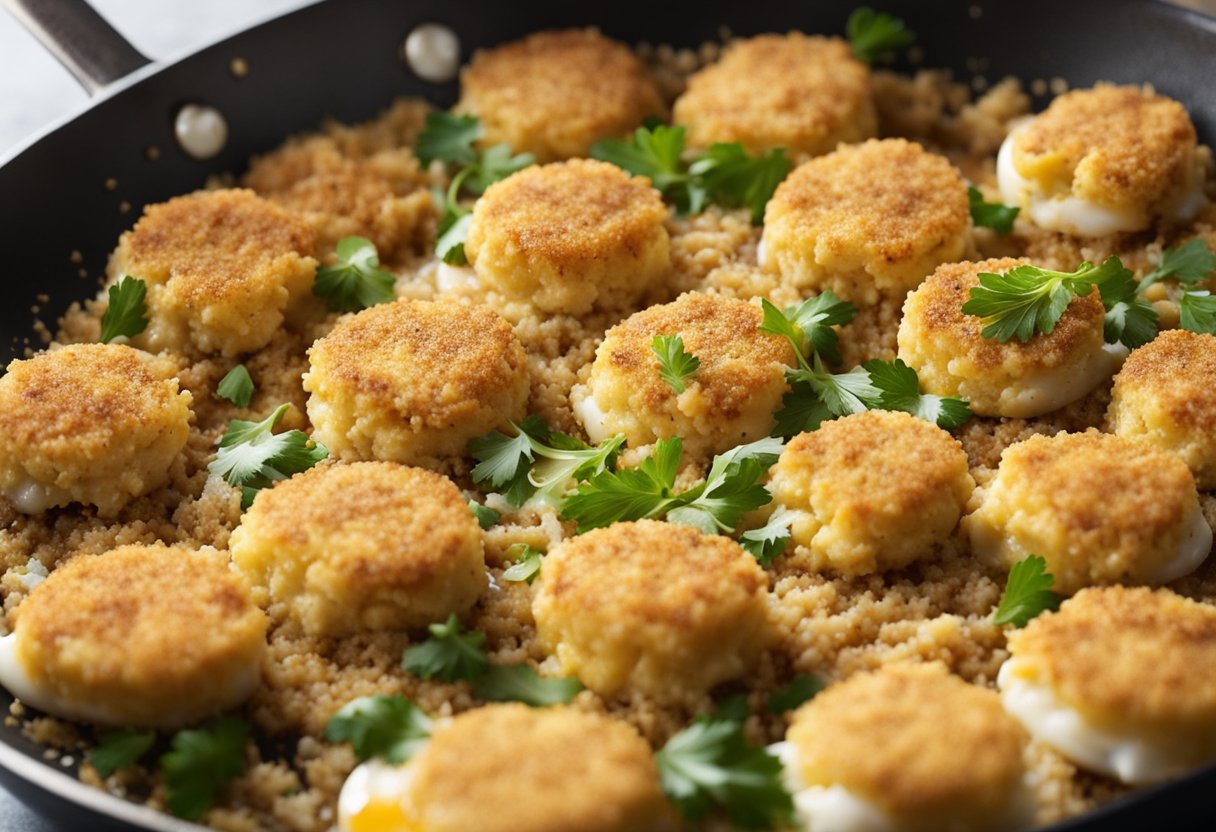
When it comes to making crab cakes, shaping and cooking them properly can make all the difference in achieving the perfect texture and flavor. In this section, we will guide you through the process of forming patties and cooking methods to help you create the best crab cakes possible.
Forming Patties
The first step in making crab cakes is to form the patties. To do this, you will need to take a small amount of the mixture and shape it into a patty. Here are a few tips to keep in mind when forming your crab cakes:
- Use a cookie cutter or ring mold to ensure consistent size and shape.
- Be gentle and avoid overworking the mixture, as this can cause the crab meat to break apart.
- Make sure the patties are not too thick, as this can result in undercooked centers and overcooked exteriors.
Once you have formed your patties, it’s time to move on to cooking methods.
Cooking Methods
There are several ways to cook crab cakes, including baking, frying, and broiling. Here are some of the most popular methods:
- Pan-Frying: This is the most common method of cooking crab cakes. Heat a small amount of oil in a nonstick skillet over medium-high heat. Add the crab cakes and cook until golden brown, about 3-4 minutes per side.
- Baking: Preheat your oven to 375°F. Place the crab cakes on a baking sheet lined with parchment paper and bake for 12-15 minutes, or until golden brown.
- Broiling: Preheat your broiler to high. Place the crab cakes on a broiler pan or baking sheet and broil for 3-4 minutes per side, or until golden brown.
No matter which method you choose, be sure to keep an eye on your crab cakes to avoid overcooking. Serve your crab cakes hot with your favorite sauce or garnish.
Serving and Presentation
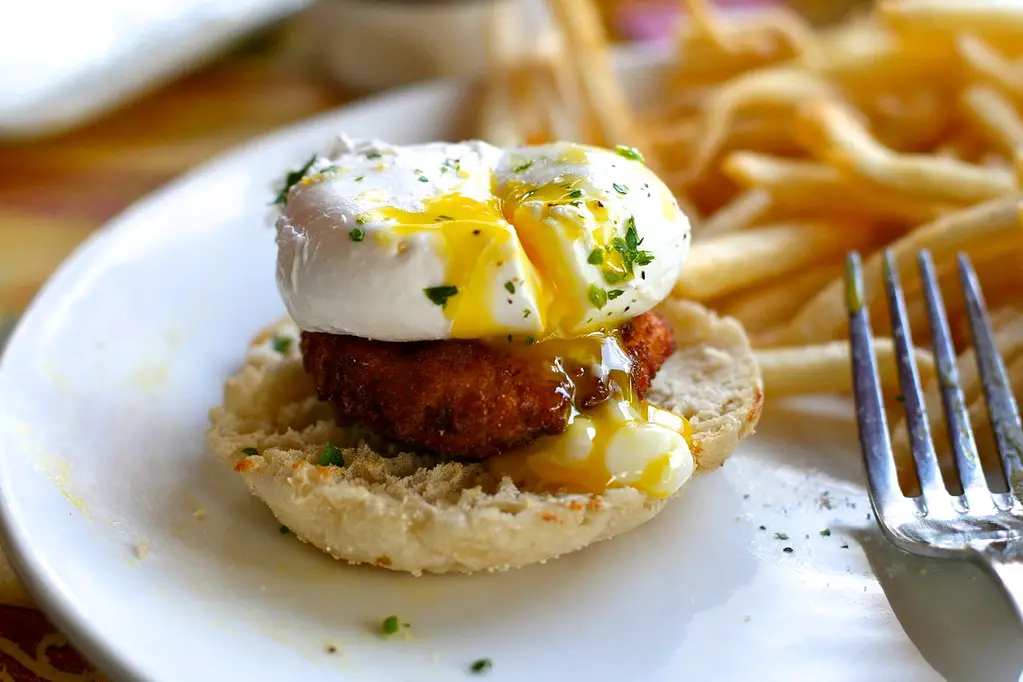
When it comes to serving crab cakes, there are a few things to keep in mind to make sure they look as good as they taste. In this section, we’ll cover the best plating techniques and accompaniments to make your crab cakes stand out.
Plating Techniques
One of the most important things to keep in mind when plating crab cakes is to avoid overcrowding the plate. You want to give each cake enough space to stand out and be appreciated. One way to do this is to use a large, white plate that provides a neutral background for the cakes. Alternatively, you can use smaller plates and place each cake on a bed of lettuce or other greens.
Another plating technique that works well with crab cakes is to create height and dimension on the plate. You can do this by stacking two or three cakes on top of each other and garnishing the top cake with a sprig of fresh herbs or a slice of lemon. This creates a visually appealing presentation that will make your guests feel extra special.
Accompaniments
When it comes to accompaniments, there are many options to choose from that will complement the flavors of the crab cakes. One classic side dish is coleslaw, which provides a refreshing crunch and a tangy flavor that pairs well with the sweetness of the crab meat. Garlic mashed potatoes are another great option that will add richness and depth to the meal.
For a lighter option, consider serving your crab cakes with roasted vegetables or a citrusy salad. This will provide a fresh and healthy balance to the rich flavors of the crab. When it comes to drinks, a crisp white wine such as Chardonnay or Sauvignon Blanc will complement the seafood flavors of the crab cakes perfectly. Alternatively, you can pair your crab cakes with a cold beer for a more casual dining experience.
In conclusion, serving and presenting crab cakes is all about creating a visually appealing dish that complements the flavors of the crab. By using the right plating techniques and accompaniments, you can create a meal that is both delicious and beautiful to look at.
Pairing with Sauces and Sides
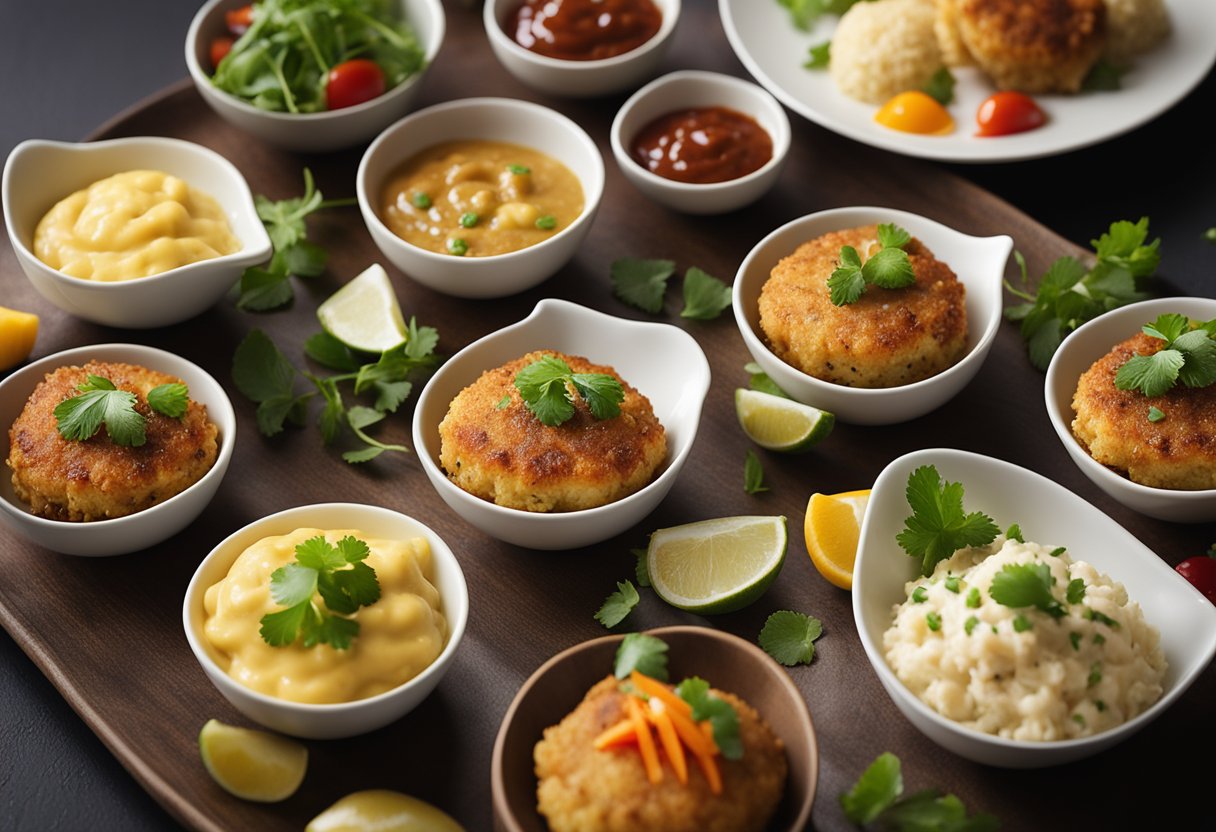
When it comes to serving crab cakes, the right sauce and side dishes can elevate the dish to new heights. Here are some classic sauces and side dishes that pair well with crab cakes.
Classic Sauces
- Remoulade Sauce: This classic sauce is a perfect match for crab cakes. It’s a tangy, creamy sauce made with mayonnaise, mustard, and pickles. You can add some spice to it by adding hot sauce or cayenne pepper.
- Tartar Sauce: Another classic sauce that pairs well with crab cakes is tartar sauce. It’s a creamy sauce made with mayonnaise, pickles, and capers. You can add some lemon juice to give it a refreshing taste.
- Cocktail Sauce: If you prefer a spicy sauce, cocktail sauce is a great option. It’s made with ketchup, horseradish, lemon juice, and Worcestershire sauce. You can adjust the spiciness by adding more or less horseradish.
Side Dishes
- Corn Salad: A corn salad with fresh kernels, cherry tomatoes, and herbs brings a burst of sweetness and color to your plate. It’s a perfect side dish to balance out the savory flavors of the crab cakes.
- Roasted Sweet Potatoes: The natural sweetness of roasted sweet potatoes complements the savory notes of crab cakes while adding a filling and nutritious element to the meal.
- Slaw: A simple slaw made with cabbage, carrots, and a tangy dressing is a great side dish to serve with crab cakes. It adds a refreshing crunch to the meal.
- French Fries: If you want a classic side dish, french fries are always a good option. They’re crispy, salty, and pair well with any sauce.
Remember, the key to a great crab cake meal is to balance out the flavors and textures. With the right sauce and side dishes, you can take your crab cakes to the next level.
Nutritional Information
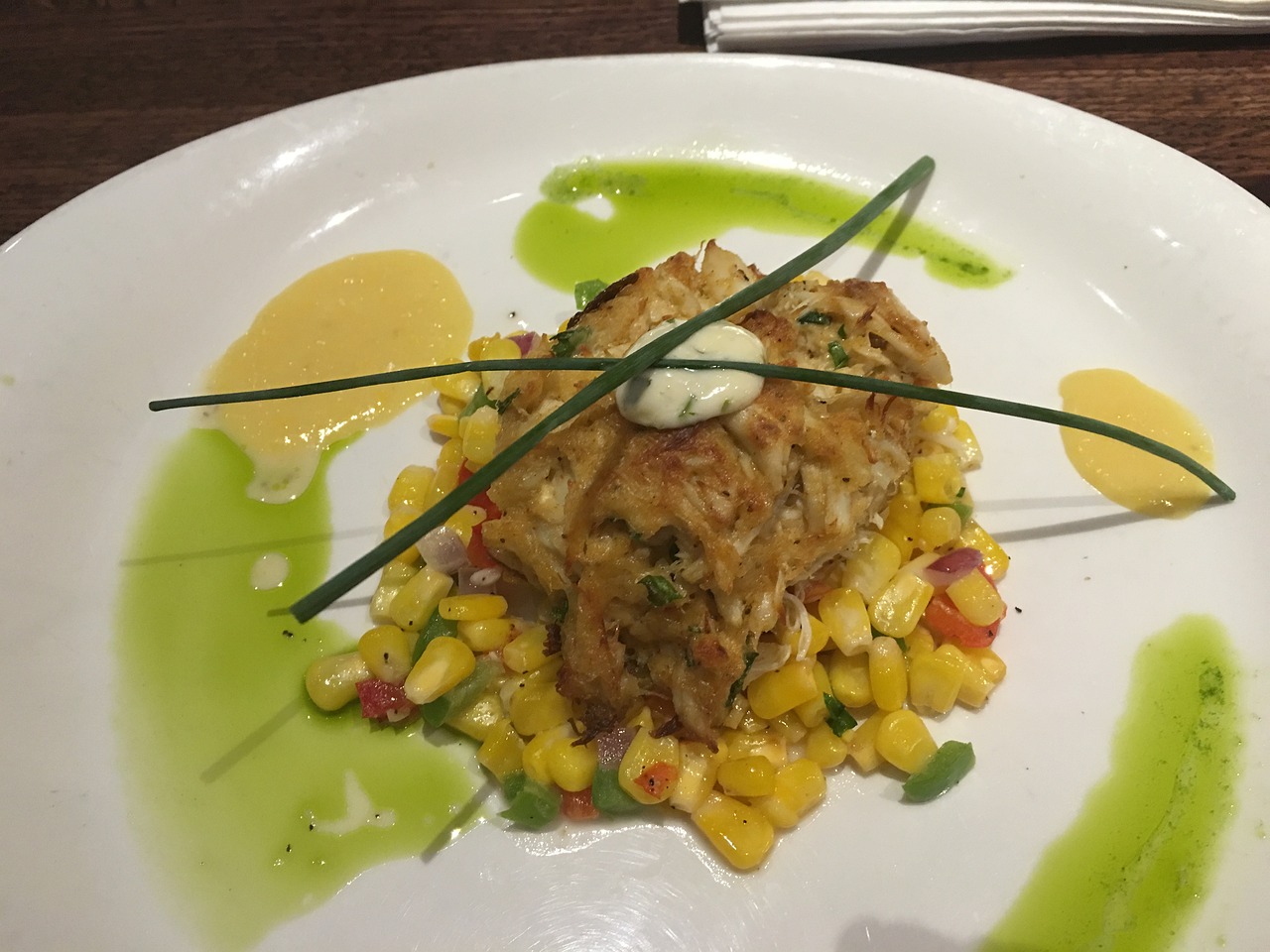
When it comes to crab cakes, the nutritional information can vary depending on the recipe and ingredients used. Here’s what you need to know about the caloric content and dietary considerations of crab cakes.
Caloric Content
Crab cakes can be high in calories, with an average homemade crab cake containing around 200-250 calories. However, the exact caloric content can vary depending on the size of the crab cake and the ingredients used. For example, a crab cake made with breadcrumbs may have more calories than one made without.
If you’re watching your calorie intake, it’s important to pay attention to portion sizes and the ingredients used in the recipe. Consider using lower calorie substitutes for high calorie ingredients, such as using Greek yogurt instead of mayonnaise.
Dietary Considerations
Crab cakes can be a good source of protein, with one homemade crab cake containing around 10-15 grams of protein. However, it’s important to consider any dietary restrictions or allergies when making or consuming crab cakes.
For those with shellfish allergies, crab cakes are obviously not an option. Additionally, some recipes may contain gluten or other allergens. If you have dietary restrictions, be sure to check the ingredients list carefully or consider making your own crab cakes with ingredients that fit your dietary needs.
Overall, crab cakes can be a delicious and satisfying meal, but it’s important to be mindful of the nutritional information and any dietary considerations. By making informed choices and paying attention to portion sizes, you can enjoy crab cakes as part of a healthy and balanced diet.
Storing Leftover Crab Cakes
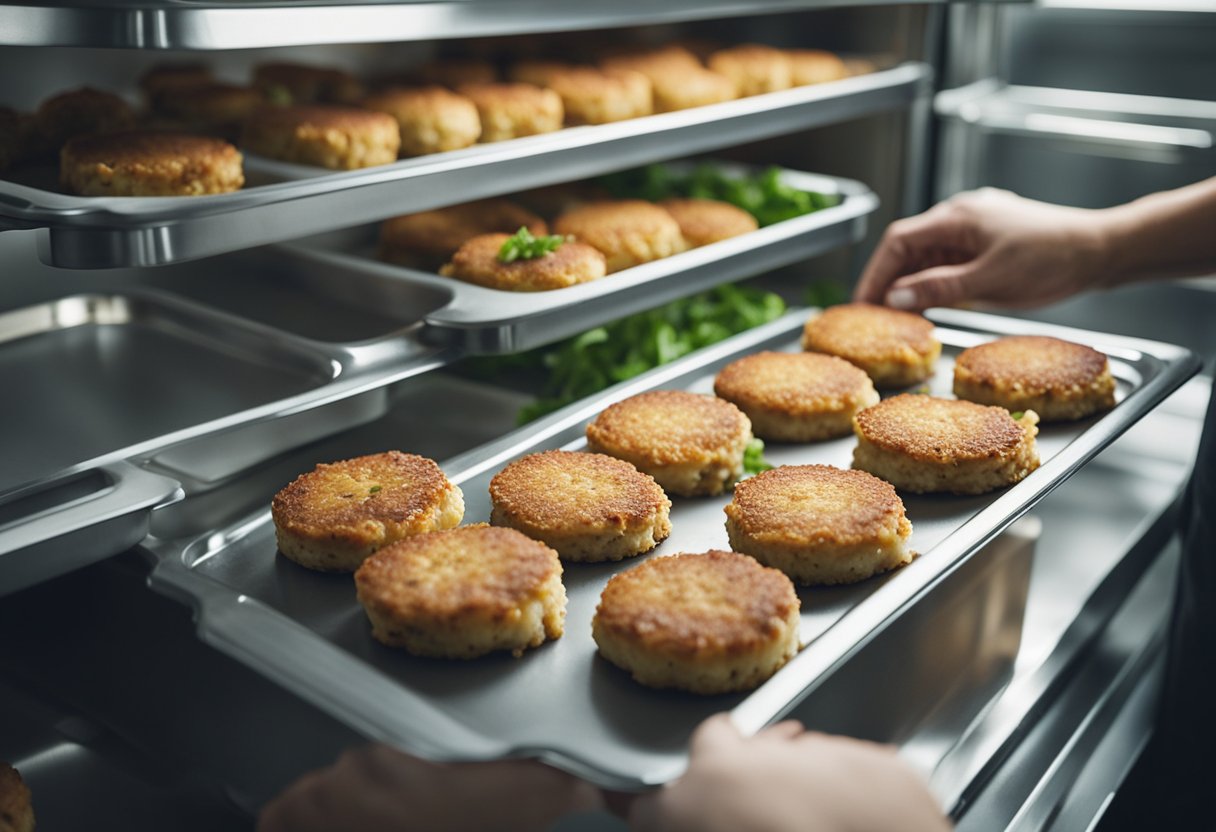
Congratulations! You’ve made some delicious crab cakes. But what do you do with the leftovers? Here are some tips on how to store them properly so that you can enjoy them later.
Refrigeration
If you plan to eat your leftover this recipe within four days, you can store them in an airtight container in the refrigerator. To ensure that they stay fresh, make sure the container is sealed tightly. You can also wrap them in plastic wrap or aluminum foil before placing them in the container.
When you’re ready to reheat this recipe, you have a few options. One way is to place them in a preheated oven at 350°F for 10-15 minutes. You can also reheat them in a skillet on medium heat for 3-4 minutes on each side. For best results, add a small amount of butter or oil to the skillet before reheating.
Freezing Tips
If you don’t plan to eat this recipe within four days, you can freeze them for later. To freeze your crab cakes, wrap them individually in plastic wrap or aluminum foil. Then, place them in an airtight container or freezer bag and store them in the freezer.
When you’re ready to eat your frozen recipe, you can thaw them in the refrigerator overnight. Once they’re thawed, you can reheat them using the same methods as described above.
It’s important to note that while freezing this recipe is a great way to extend their shelf life, they may not taste as fresh as they did when they were first made. So, if possible, try to eat your crab cakes within a few days of making them.
Overall, storing leftover this recipe is easy as long as you follow a few simple tips. By properly refrigerating or freezing your crab cakes, you can enjoy them later without worrying about them going bad.
Troubleshooting Common Issues
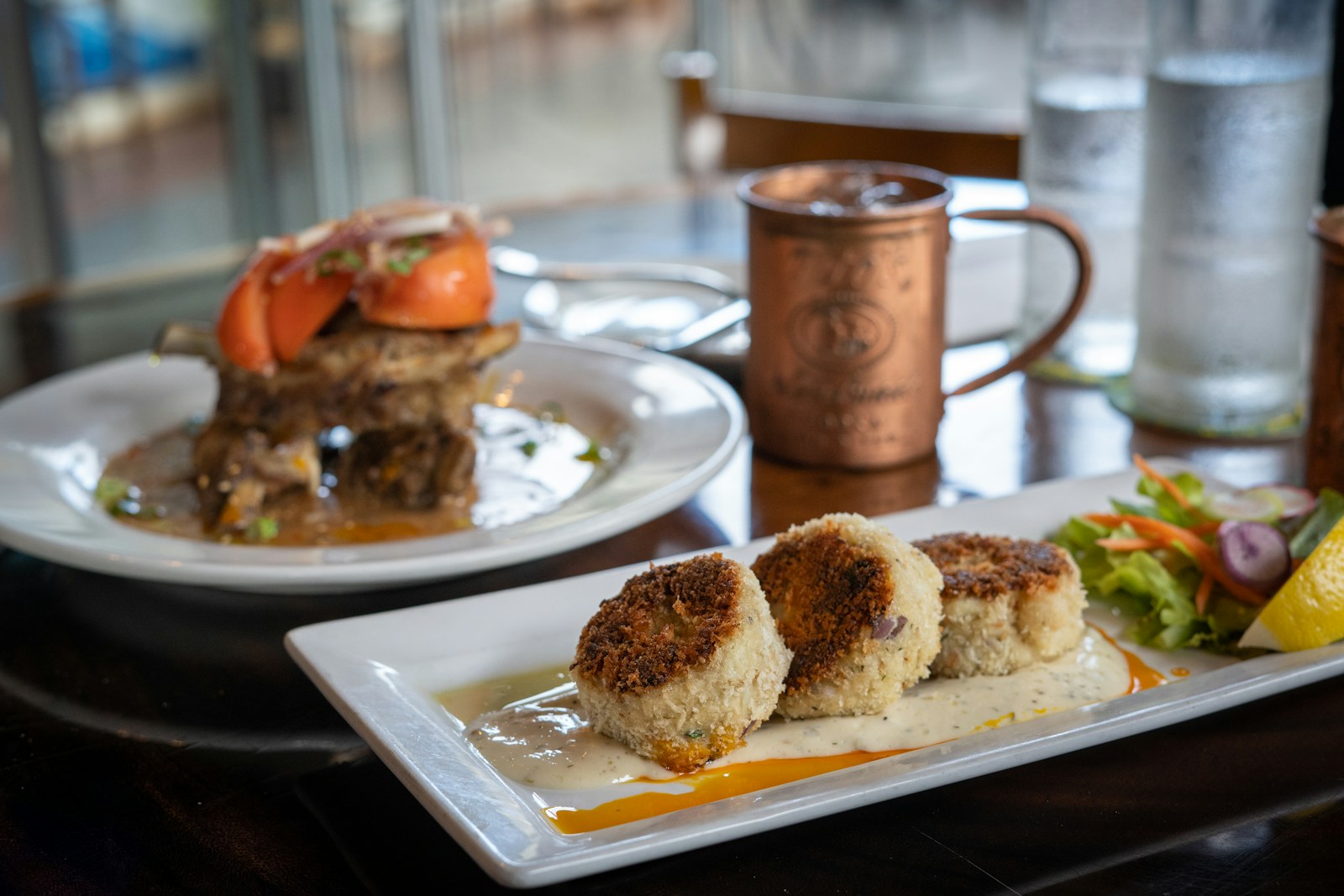
If you’re having trouble with this recipe, don’t worry! Here are some common issues and how to fix them.
Texture Problems
Issue: Crab Cakes Falling Apart
If this recipe is falling apart, it’s likely because they are too dry or too wet. To fix this, you can try adding more binder or more crab meat.
- Solution: If this recipe is too dry, add more binder such as egg, mayo, or breadcrumbs. If they are too wet, add more crab meat.
Issue: Crab Cakes Too Dry
If this recipe is too dry, it’s likely because you used too much binder or overcooked them.
- Solution: Use less binder next time, and be careful not to overcook them. You can also try brushing them with melted butter or serving them with a sauce to add moisture.
Issue: Crab Cakes Too Wet
If this recipe is too wet, it’s likely because you used too much crab meat or not enough binder.
- Solution: Use less crab meat next time, and make sure to use enough binder. You can also try refrigerating them for 30 minutes before cooking to help them hold together.
Flavor Adjustments
Issue: Crab Cakes Are Bland
If this recipe is bland, it’s likely because you didn’t use enough seasoning or the seasoning you used wasn’t strong enough.
- Solution: Use more seasoning next time, such as Old Bay seasoning, salt, pepper, or lemon juice. You can also try adding other ingredients such as garlic, onion, or parsley to enhance the flavor.
Issue: Crab Cakes Are Too Salty
If your dish is too salty, it’s likely because you used too much salt or your crab meat was already salted.
- Solution: Use less salt next time, and make sure to taste your crab meat before adding any additional salt. You can also try balancing out the saltiness with other flavors such as lemon juice or vinegar.
Remember, making the perfect recipe take practice and patience. Don’t get discouraged if your first attempt isn’t perfect. With these tips and tricks, you’ll be making delicious crab cakes in no time.
Expanding Your Crab Cake Repertoire
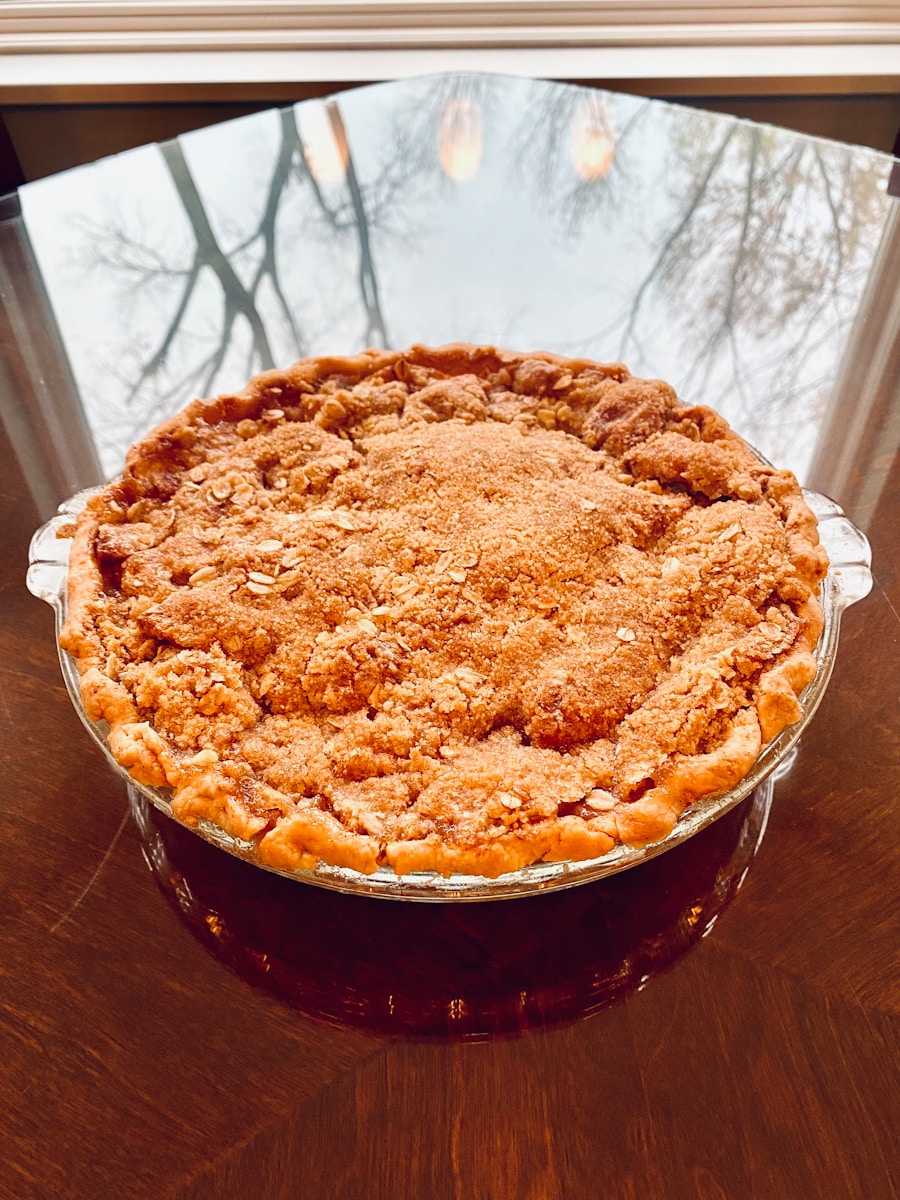
They are a classic dish that can be enjoyed in many different ways. If you’re looking to expand this recipe repertoire, there are plenty of creative variations and international twists to try.
Creative Variations
One way to add some variety to this recipe is by experimenting with different ingredients. For example, you can try adding some diced bacon or smoked paprika to give this recipe a smoky flavor. You can also mix in some chopped herbs like parsley, cilantro, or chives for a fresh and flavorful twist.
Another way to get creative with your recipe is by experimenting with different coatings and toppings. Instead of using traditional breadcrumbs, you can try using panko, cornmeal, or crushed potato chips for a crunchy texture. You can also top this recipe with a variety of sauces, like aioli, remoulade, or tartar sauce, to add some extra flavor.
International Twists
They are a versatile dish that can be adapted to many different cuisines. For example, you can try adding some curry powder and coconut milk to your crab cakes for a Thai-inspired twist. Alternatively, you can mix in some chopped jalapenos and cilantro for a Mexican-inspired flavor.
If you’re feeling adventurous, you can also try making this recipe with different types of crab. For example, you can use Dungeness crab for a West Coast twist, or blue crab for a classic Maryland-style flavor.
Overall, there are many ways to expand this recipe repertoire and add some variety to this classic dish. Whether you’re experimenting with new ingredients, coatings, and toppings, or trying out international twists, there are plenty of ways to make your crab cakes uniquely your own.
Frequently Asked Questions
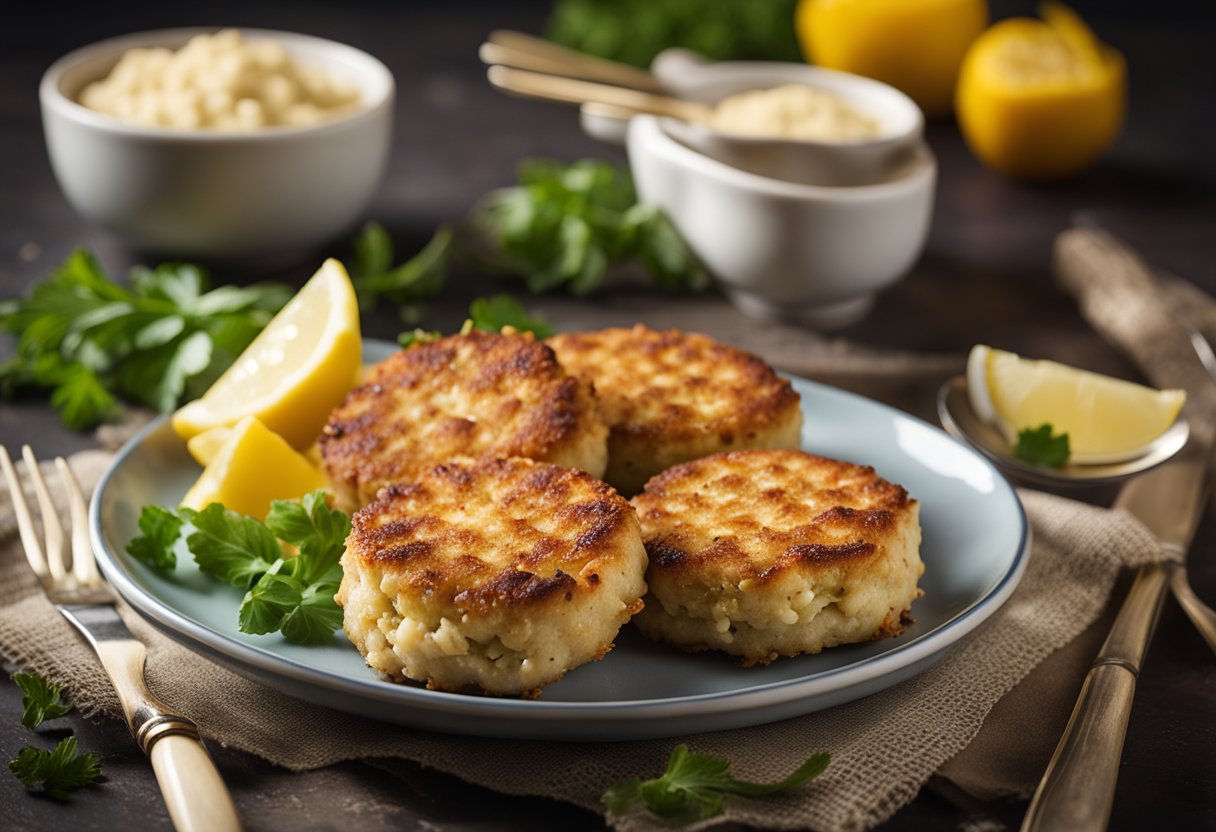
How do you keep crab cakes from falling apart?
The key to keeping this recipe from falling apart is to use a binding agent like egg or mayonnaise. These ingredients help hold the crab meat together. You can also use breadcrumbs or crushed crackers to help bind the mixture. Another tip is to refrigerate the crab cakes for at least an hour before cooking them. This will help them firm up and hold their shape.
Is it better to bake or fry crab cakes?
Both baking and frying are popular ways to cook this recipe. Baking is a healthier option as it doesn’t require any added oil. However, frying gives the crab cakes a crispy texture that many people enjoy. If you choose to fry your cakes, use a neutral oil like canola or vegetable oil and make sure the oil is hot enough before adding the cakes.
What kind of crab meat is best for crab cakes?
The best crab meat for this recipe is fresh lump crab meat. This type of crab meat has large, whole pieces that are perfect for making crab cakes. You can also use canned crab meat, but be sure to drain it well and pick out any shell fragments before using.
What are the essential ingredients for a classic crab cake recipe?
The essential ingredients for a classic recipe include crab meat, breadcrumbs or crushed crackers, egg, mayonnaise, and seasonings like Old Bay seasoning, Worcestershire sauce, and mustard. Some recipes also call for diced onions, bell peppers, and celery.
How can I make a simple and easy crab cake at home?
To make this recipe a simple and easy at home, combine crab meat, breadcrumbs or crushed crackers, egg, mayonnaise, and seasonings in a bowl. Mix everything together gently and form the mixture into patties. Refrigerate this recipe for at least an hour before cooking them. You can bake or fry the crab cakes until they are golden brown and crispy on the outside.
What are some traditional sides to serve with crab cakes?
Some traditional sides to serve with this recipe include coleslaw, corn on the cob, baked beans, potato salad, and french fries. You can also serve crab cakes with a side salad or steamed vegetables for a healthier option.
External Links
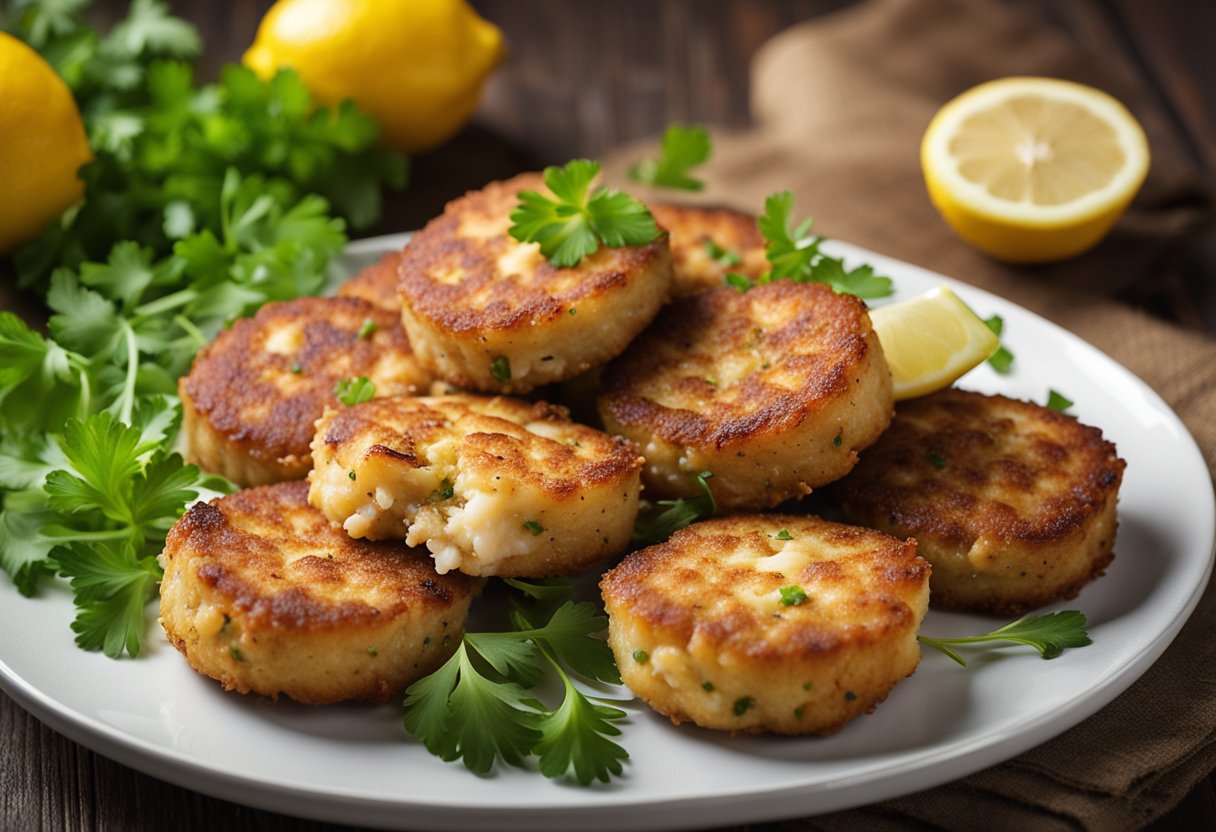
Looking for more inspiration on how to make the perfect recipe? Here are some external links that could help you out:
- Sally’s Baking Addiction: This website provides a recipe for Maryland ones with very little filler that are seasoned to perfection. The recipe includes step-by-step instructions and photos to guide you through the process.
- NatashasKitchen.com: This website offers a homemade recipe that is better than any restaurant version because it is loaded with lump crab meat. The recipe includes a video tutorial to help you make the perfect crab cake.
- Once Upon a Chef: This website provides a recipe for Maryland ones with Quick Tartar Sauce. The recipe includes step-by-step instructions with photos to guide you through the process.
- Food Network Kitchen: This website provides this recipe step-by-step instructions to guide you through the process.
- The Pioneer Woman: This website provides this recipe. The recipe includes step-by-step instructions with photos to guide you through the process.
These external links provide a variety of recipes and tutorials to help you make the perfect crab cake. Whether you are a beginner or an experienced cook, these resources can help you create a delicious and impressive dish.
More FAQs
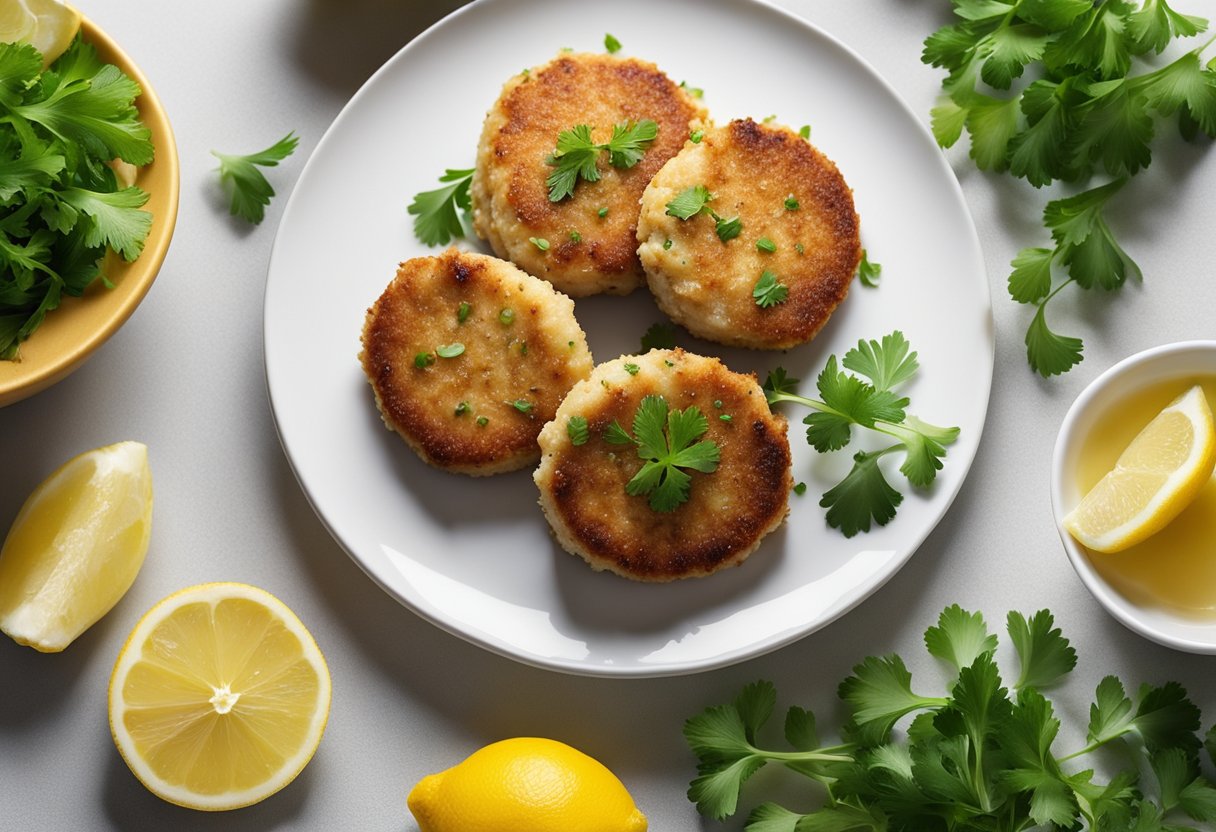
How do you keep crab cakes together when cooking?
One of the common issues with this recipe is that they tend to fall apart while cooking. To prevent this, it is essential to use a binding agent such as egg, mayonnaise, or breadcrumbs. These ingredients help hold the crab cakes together and give them a nice texture. Also, ensure that you refrigerate this recipe for at least 30 minutes before cooking. This will help them firm up and hold their shape.
What goes best with crab cakes?
They are a versatile dish that pairs well with many sides and sauces. Some of the popular sides include coleslaw, roasted vegetables, corn on the cob, and potato salad. For sauces, tartar sauce, remoulade, and aioli are great options. You can also serve this recipe on a bed of greens with a light vinaigrette dressing for a refreshing and healthy meal.
What are crab cakes good for?
They are a delicious and healthy dish that can be served as an appetizer or main course. And they are a good source of protein and low in fat, making them an ideal dish for people who are health-conscious. Crab cakes are also easy to make and can be customized to suit your taste preferences.
Why are my crab cakes mushy?
If your recipe turn out mushy, it could be due to several reasons. One of the common reasons is adding too much moisture to the crab mixture. This can happen if you use too much mayonnaise or other wet ingredients. Another reason could be overcooking the crab cakes, which can cause them to become dry and crumbly. To avoid this, make sure to cook the crab cakes for only a few minutes on each side until they are golden brown and crispy.
Conclusion
In conclusion, they are a delicious and versatile dish that can be enjoyed as an appetizer, main course, or even as a sandwich filling. With their crispy exterior and tender, flavorful interior, they are sure to be a hit at any gathering.
Whether served with a side of coleslaw, a squeeze of lemon, or a dollop of tartar sauce, crab cakes are a delightful addition to any meal.
Print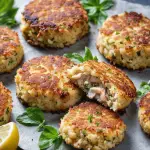
crab cakes recipe
- Total Time: 30 minutes
- Yield: 4 servings 1x
Description
Crab Cakes Recipe
Ingredients
- 1 pound crabmeat
- 1/2 cup breadcrumbs
- 1/4 cup mayonnaise
- 1 egg
- 2 tablespoons Dijon mustard
- 2 tablespoons chopped parsley
- 1 teaspoon Worcestershire sauce
- 1/2 teaspoon Old Bay seasoning
- 1/4 teaspoon salt
- 1/4 teaspoon black pepper
- 2 tablespoons butter
- 2 tablespoons olive oil
Instructions
- In a bowl, mix crabmeat, breadcrumbs, mayonnaise, egg, mustard, parsley, Worcestershire sauce, Old Bay, salt, and pepper.
- Form mixture into patties.
- Heat butter and oil in a skillet, then cook patties until golden brown.
- Serve hot with your choice of sauce.
Notes
Ensure crabmeat is well-drained to prevent excess moisture in the mixture. Adjust seasoning according to personal preference. Serve with a side of fresh salad for a balanced meal. Enjoy the delightful flavors of this classic seafood dish.
- Prep Time: 20 minutes
- Cook Time: 10 minutes
- Category: Appetizer
- Method: Pan-frying
- Cuisine: American
Nutrition
- Serving Size: 1 crab cake
- Calories: 250
- Sugar: 1g
- Sodium: 600mg
- Fat: 15g
- Carbohydrates: 10g
- Fiber: 1g
- Protein: 20g
- Cholesterol: 120mg
Keywords: Crab Cakes Recipe
